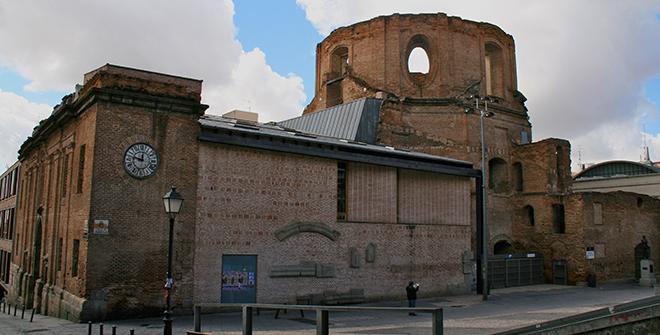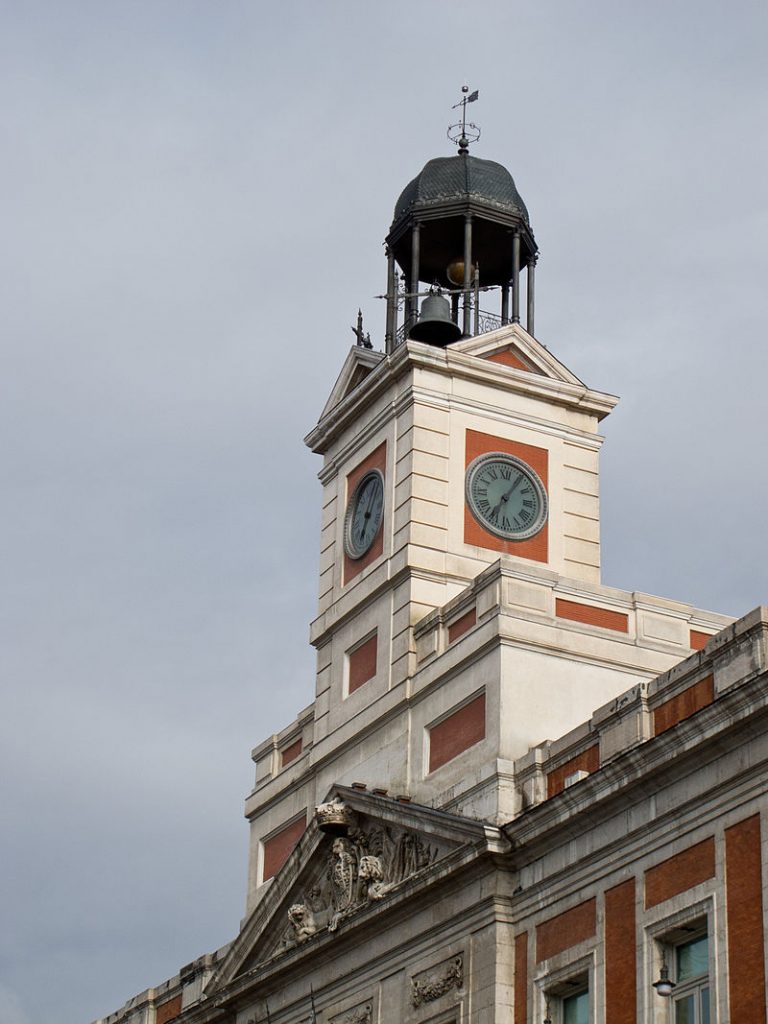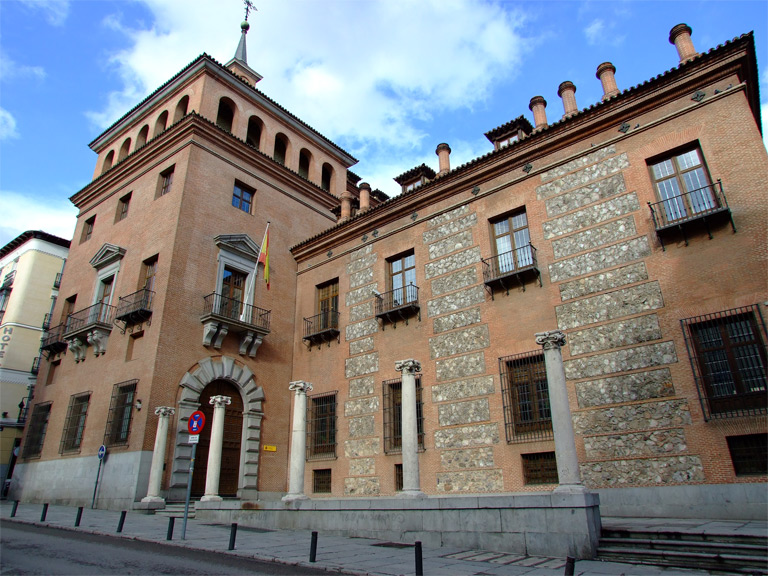Nobody knows quite why Philip II moved the royal court to Madrid back in the 16th century, but one credible theory is that its location, right at the heart of the Iberian Peninsula, made it the perfect spot to rule from. Only, if this was his true motivation, he was ever so slightly off. The actual centre of the Iberian Peninsula lies 10 kilometers south at Cerro de los Ángeles in Getafe. Close enough to be easily reached by bicycle from the city centre, it’s nevertheless a quiet spot, making it the perfect destination for a day trip in the middle of a pandemic.
If you do decide to cycle, the journey there couldn’t be more idyllic. It begins running southeast from the city centre along the lush banks of the Manzanares River, turning off just before the bicycle path peters out and passing through open fields towards the huge statue of Jesus that sits atop a tree covered hill. Dominating the otherwise flat landscape, it’s a sight reminiscent of Rio de Janeiro’s iconic Christ the Redeemer statue, though on a much humbler scale (a mere 9 meters high as opposed to Rio’s 30 meter giant).
While Jesus now dominates the landscape, back in the 11th century, this strategically important hill was used as a watchtower by Al-Andalus‘ Muslim rulers. Part of a line of fortifications (which included Madrid and Alcalá de Henares) that ran northeast from Toledo to Medinaceli along an old Roman road, it was used to ensure that Christians to the north did not invade. Of course, eventually they did invade when Alfonso VI of León and Castile came charging down from the Sierra de Guadarrama to invade Madrid in 1083, before taking the real prize of Toledo in 1085.
Alfonso could never have undertaken such an ambitious military campaign without the support of the church, which is why a monastery promptly went up, giving the hill its current name. Since then, Ermita de los Ángeles has had a rather rocky history. Destroyed in the 14th century, it was then reconstructed between the 17th to 18th centuries, before coming under fire again in the Civil War and being again rebuilt in 1945. The monastery wasn’t the only structure on the hill that was damaged. A lavish monument to the sacred heart also became a target.
The Monumento al Sagrado Corazón was inaugurated in 1919 by another Alfonso. Alfonso the XIII to be precise, a king famed not for great victories, but for being a notorious ladies’ man and for contracting the Spanish flu, thus forever falsely linking Spain in the global collective consciousness with the deadly pandemic. When the Republicans came to power, Alfonso went into exile. Under the new regime, the monument became a symbol of the union of the church with the ruling elite. A plan to reduce it to rubble was carried out. Unfortunately, the first step involved executing five zealous men from a group called Acción Católica who had been guarding the monument.
Perhaps the ghosts of these young men then came back to haunt the Republicans, because they had a devil of a time trying to destroy the thing. First they tried pulling down the main statue with a steel cable attached to a tractor, but after it snapped on the third attempt, explosives had to be brought in and the hard stone was blown apart with dynamite.
Cerro de los Ángeles was then rechristened Cerro Rojo (Red Hill) and in the runup to the siege of Madrid in Sept 1936, Republican troops dug in, building trenches and bunkers. But on November 6, Franco’s troops took the position. The Seventh International Brigade then embarked on a foolhardy mission to retake the hill in broad daylight on November 12, losing 270 men. Using cover of darkness, between January 18 to 19, the Republican side recaptured the hill, but failing to consolidate their position, lost it again to Franco’s rebel army of legionnaires and Moroccans, with the Republicans losing a further 250 men. Now the name Cerro Rojo had taken on an awful irony for the losing side.
After the war, Franco insisted on putting a decidedly Catholic stamp back on the hill. In 1944, a new version of the monument was constructed across the esplanade and a church built beneath it underground. If you do visit, however, traces of the bloody conflict can still be seen on the old monument which, uncharacteristically for war ruins during Franco’s regime, can still be seen bullet holes and all.
For all its tragic history, Cerro de los Ángeles is a really lovely place to visit. Right by the monastery, Nuestra Señora de los Ángeles, is a wonderful spot from which to view Madrid in all its glory and dream of a future in which we can all cram ourselves back into its bustling streets.
If you are venturing into Madrid and would like to know a little bit about the history of the city, how about booking yourself in for a unique walking tour with me, the writer of The Making of Madrid?






I’ve passed this hill on the bus and always wondered what it was, thanks for enlightening us!